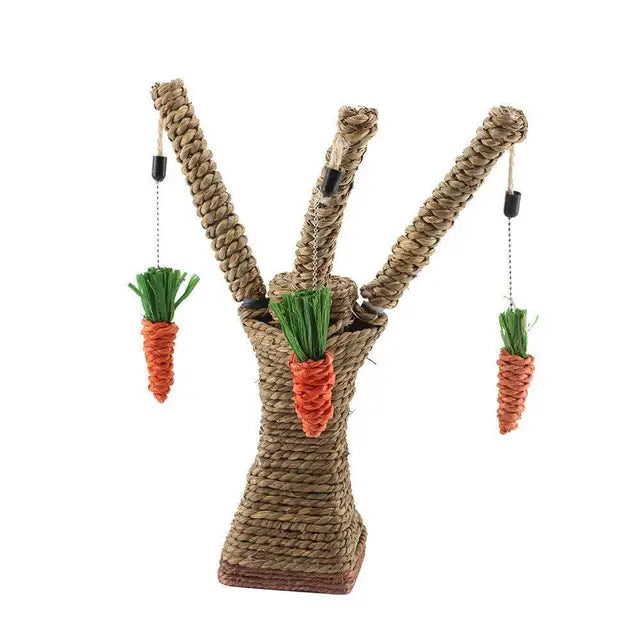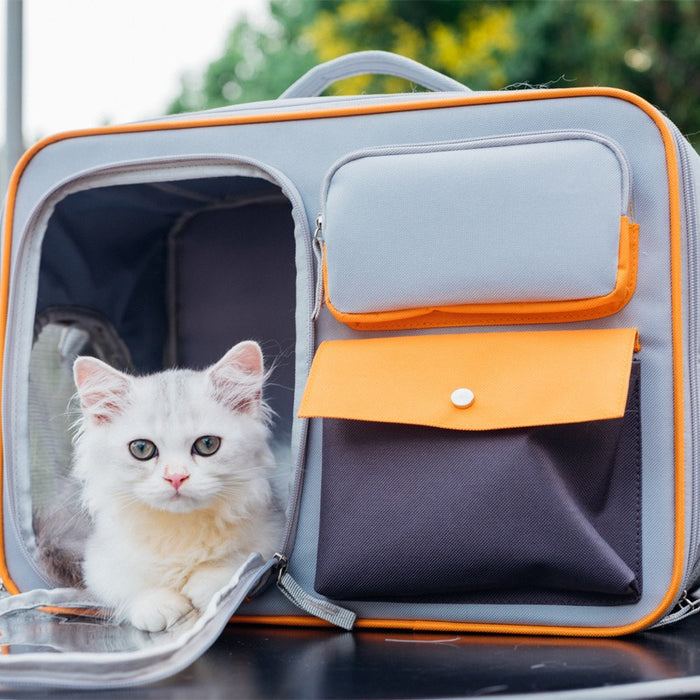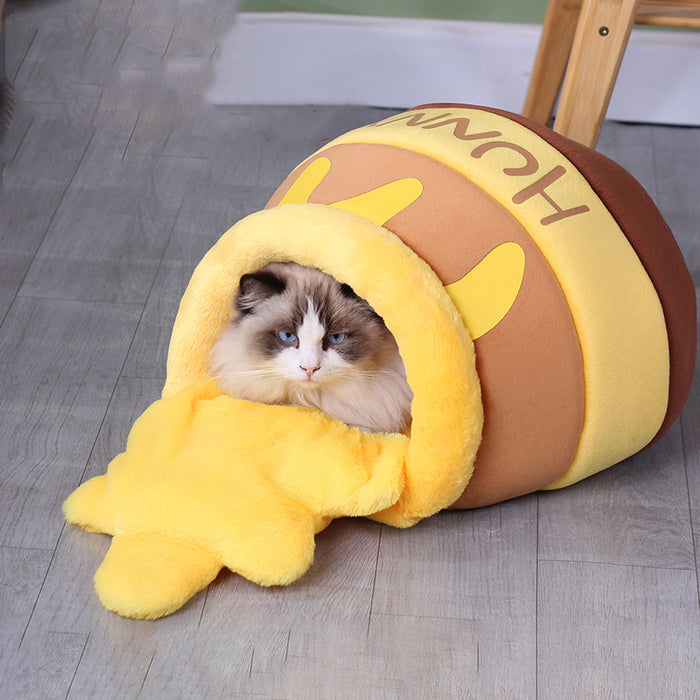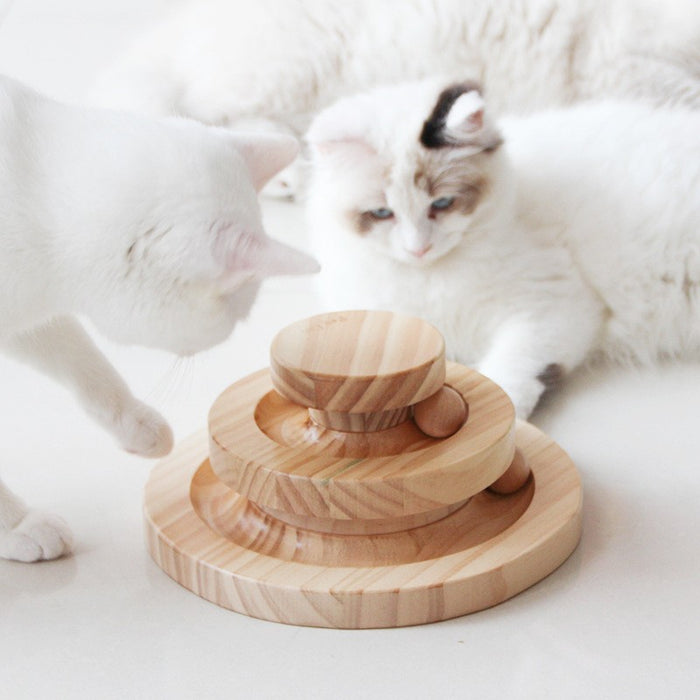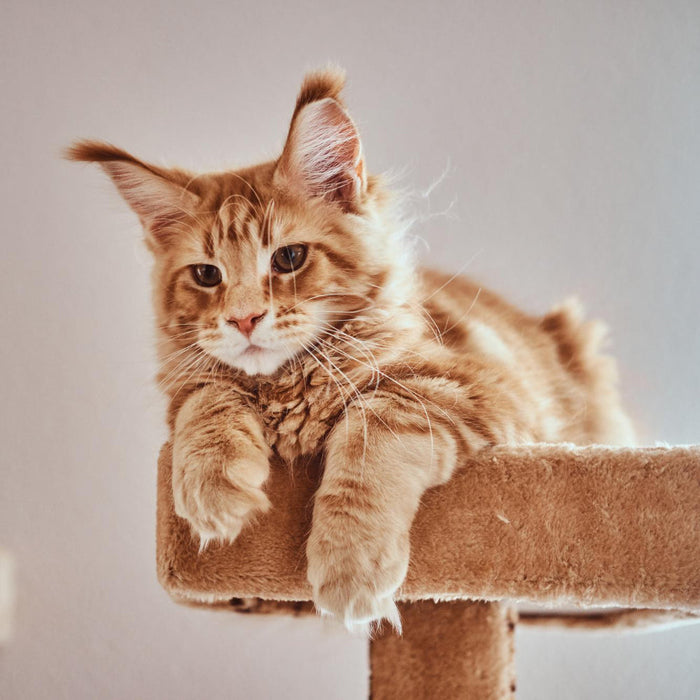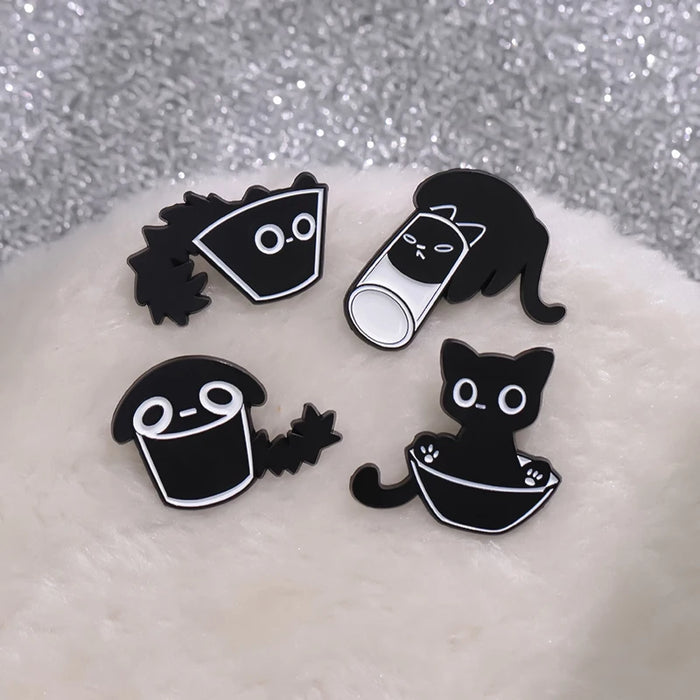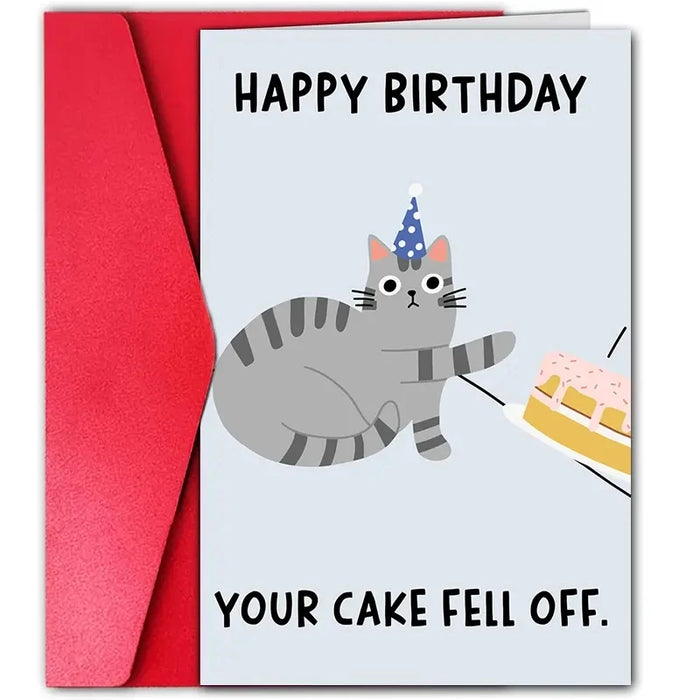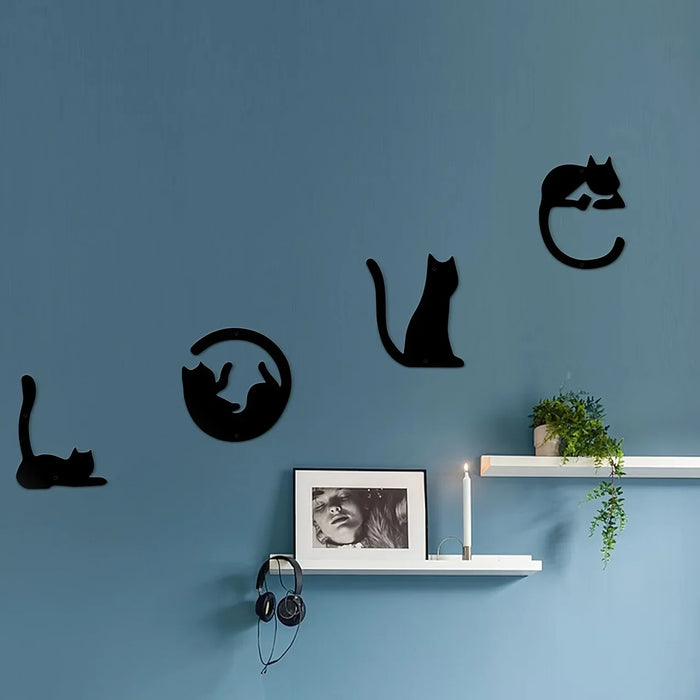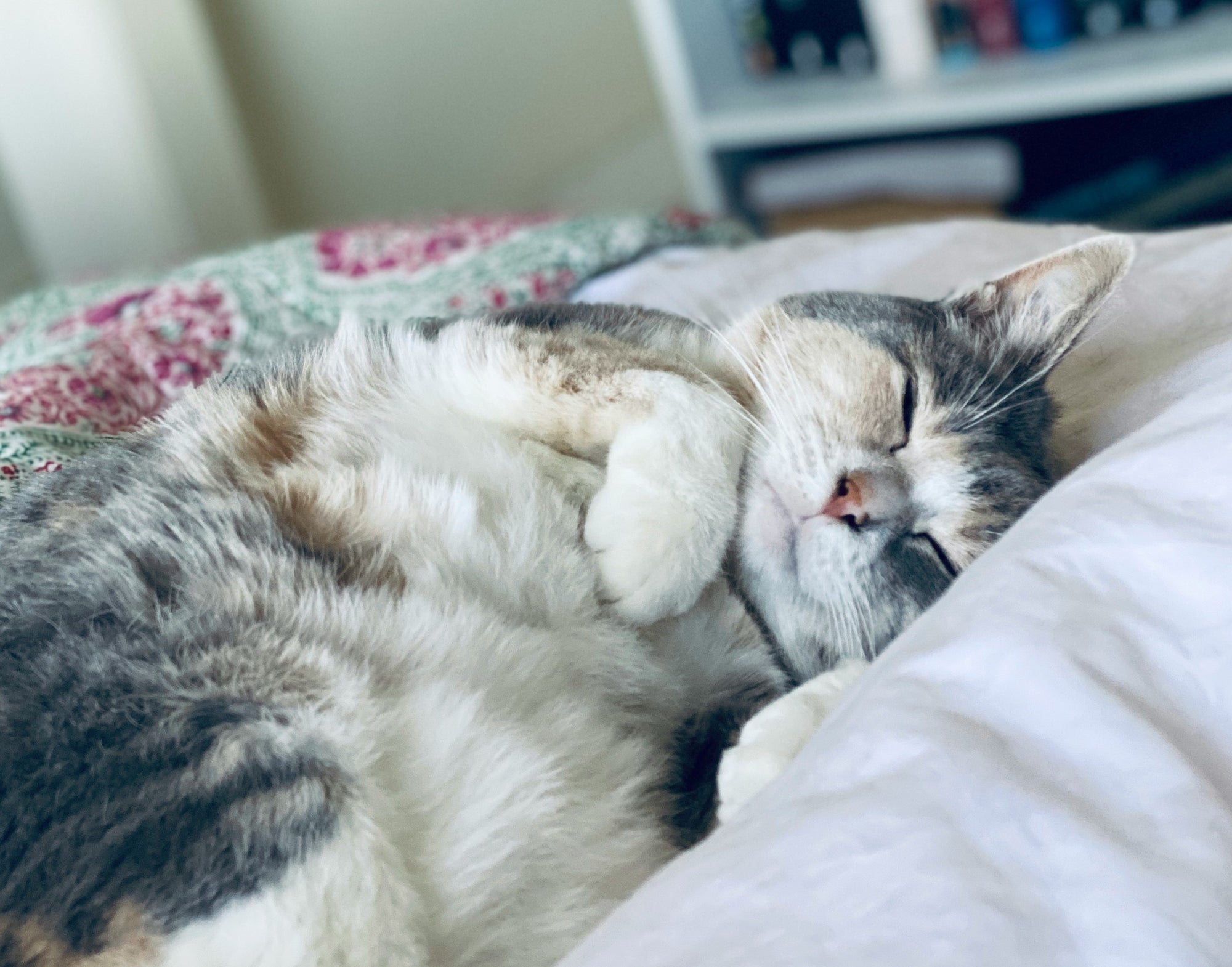

· Por Catnip Crazed
Why Do Cats Purr? Exploring the Mystery Behind the Sound
There’s something about the sound of a cat purring that just might be the universal language of comfort. Whether it’s the gentle rumble of a content kitty curled up on your lap or the soft vibrations as you scratch behind their ears, a cat’s purr can turn a house into a home. But have you ever stopped to wonder just what's going on under the hood? Let’s dive into the purr-fectly complex world of cat purrs and uncover the science behind this fascinating feline phenomenon.
The Mechanics of Purring
Believe it or not, the simple act of purring is a bit like a car engine running smoothly—it’s all about the mechanics. Cats use a brain signal that sends a rhythmic, repetitive neural oscillator message to the laryngeal muscles. This causes them to twitch at a frequency of 25 to 150 vibrations per second (Hz). This, combined with a cat’s diaphragm, creates that comforting purr as they breathe in and out. Imagine that—a built-in mechanism for bliss!
Why Cats Purr
The mystery of why cats purr is like trying to solve a Rubik's Cube that’s also cuddly. Sure, the most common reason is happiness, but cats are complex creatures with a repertoire that goes beyond contentment.
Communication Station: From the get-go, kittens purr to communicate with their moms, a sort of "all is well" signal during nursing. It’s their first form of communication. Adult cats, meanwhile, might purr to say, "Hey, I’m here and I’m friendly," or, "I really appreciate this belly rub, human."
The Healing Frequency: This might sound like a plot from a sci-fi movie, but some studies suggest that purring frequencies can promote healing in bones and tissues. That’s right, your kitty’s purr might not only soothe the soul but also mend the body. It’s like having a little furry doctor at home.
Purring as a Sign of Stress or Pain
Before you start thinking of purrs as only warm and fuzzy, it’s important to note that cats also purr when they’re in pain or under stress. It’s their version of putting on a brave face, a mechanism possibly to soothe themselves or communicate their need for comfort. So, if your normally quiet cat suddenly starts purring more than usual, it might be time for a vet visit.
How to Respond to Your Cat’s Purr
Now that you’re practically a PhD in Purr-ology, you might be wondering how to use this knowledge. Listening and observing is key. If your cat is purring while showing signs of relaxation—slow blinking, a relaxed posture, kneading—they’re probably just enjoying your company. Return the favor with gentle pets or a cozy lap.
But, if the purring seems out of place, like during meal times when they’re not eating or if they're hiding more than usual, consider it a cue to check in on their well-being.
Fascinating Purring Facts
- To wrap up our journey into the science of purring, here are a few tidbits that might just make you the life of any (very niche) party:
- Not all cats purr, and not all purring is created equal. Some big cats like lions and tigers can’t purr in the continuous way house cats do.
The frequency of a cat’s purr is similar to the frequency used in vibrational therapies for healing in humans. Coincidence? Probably not.
Conclusion
From the cozy lap companion to the secret healer, the purr of a cat is a complex and wonderful thing that does more than just sound nice. It’s a form of communication, a potential healing mechanism, and a sign of the deep bond between cats and their humans. So next time your feline friend starts purring away, take a moment to appreciate the incredible science behind it and maybe, just maybe, let it remind you to purr a little in your own way.

